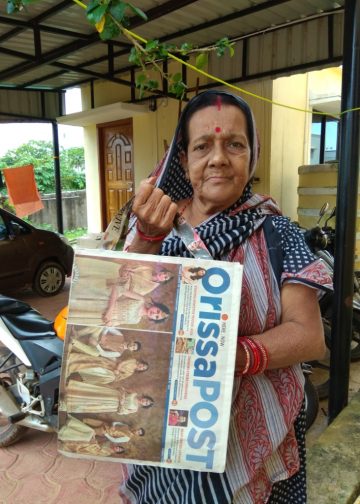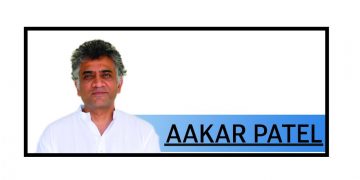Post News Network
Bhubaneswar, March 26: In a matter of concern for the state, latest health statistics obtained from the family welfare department indicate a drastic fall in sex ratio in the state over the last year, with just 880 girls for every 1,000 boys.
The alarming statistics accessed by Orissa POST revealed that Kendrapara and Ganjam districts are major contributors to the decline. Kendrapara is at the bottom with 719 females per 1,000 males while Ganjam is second-lowest with 794 females.
According to the 2011 Census, Orissa was ranked eighth among the states and union territories in the country thanks to a relatively better sex ratio of 978 females to 1,000 males. In 2012, the Sample Registration Survey (SRS) report revealed that the number fell to 948. The SRS has ranked Orissa fourth on the list of 19 states.
“This falling sex ratio is indeed a cause for concern not only for the government but also for the population of the state. You cannot pin the blame on any single individual. Doctors and officials should involve themselves in counselling, so that this trend can be reversed. The general public has to be explained the gravity of the situation,” said PK Acharya, former director of Capital Hospital.
The latest data of birth reports of Orissa stated that of the total seven lakh-odd births in 2014, nearly four lakh were boys while girls accounted for three lakh births, a whopping gap of a lakh.
“Growing population is another matter of concern, but something urgently needs to be done to arrest the horror of falling sex ratio. People need to be educated about this. State officials should strengthen acts that forbid female foeticide,” said Acharya.
Among the districts, tribal areas performed comparatively better than urban areas. The highest female to male sex ratio was registered in Subarnapur and Nabarangpur with 965 females, followed by Nuapada, Rayagada and Kalahandi districts with 947 and 945 girls for every 1,000 boys.
However, urban areas such as Khurda and Puri recorded sex ratio of 842 and 851 females for 1,000 males respectively.
“People from tribal areas have been extremely good at balancing the sex ratio. They have successfully managed to reverse the tables,” said a senior health
official in the city.






































